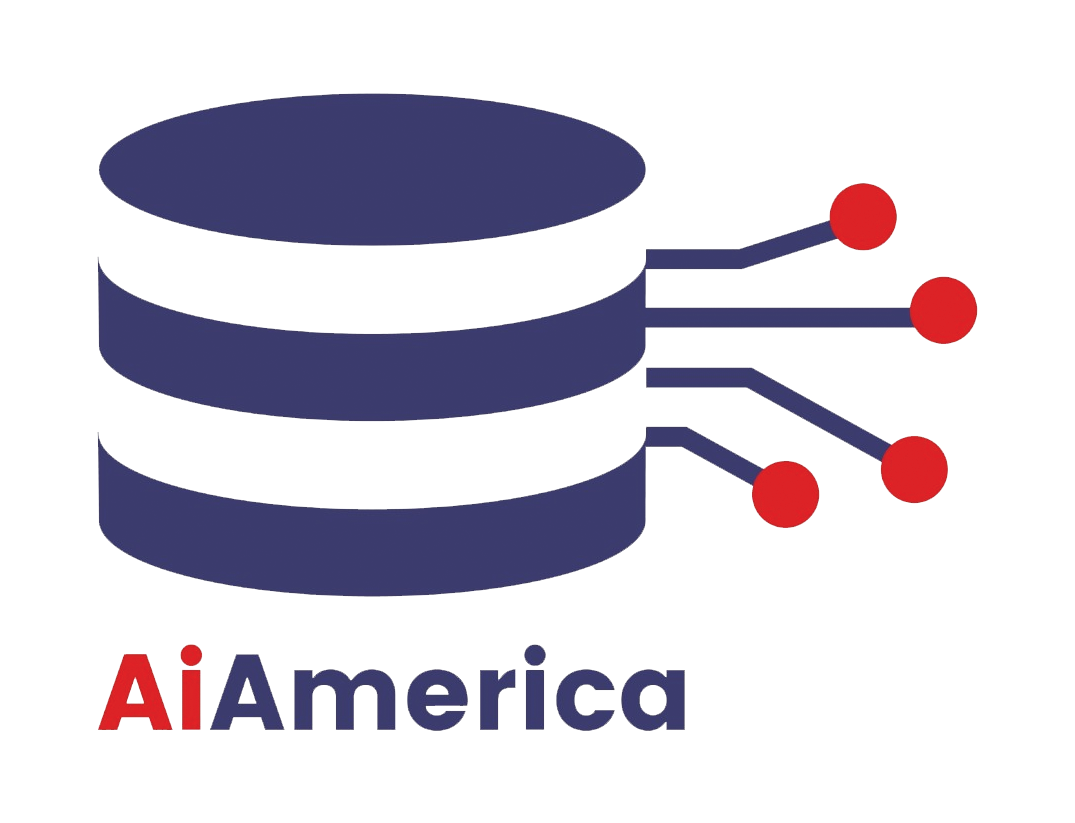
Close

In the realm of data analysis, uncovering patterns and groupings within datasets is akin to discovering hidden treasures. K-Mode clustering, a formidable unsupervised learning technique, serves as the compass guiding us through this data-rich landscape. At AI America, we recognize the transformative potential of K-Mode clustering in revealing insights and steering data-driven decision-making. In this blog post, we embark on a journey to demystify K-Mode clustering, explore its significance, and illuminate its practical applications.
K-Mode Clustering: An Overview
K-Mode clustering is a variant of the more commonly known K-Means clustering algorithm, tailored to handle categorical data. While K-Means operates on numeric data, K-Mode excels in clustering datasets with categorical attributes, making it a powerful tool for a wide range of applications.
Understanding the K-Mode Process: From Data to Clusters
To harness the power of K-Mode clustering, it’s essential to grasp its inner workings:
Initialization: Just like K-Means, K-Mode begins by selecting K initial cluster centroids randomly, where K represents the user-defined number of clusters.
Assignment: Each data point is assigned to the nearest centroid based on a distance metric optimized for categorical data.
Update Centroids: The centroids of the clusters are recalculated using the mode (most frequent category) of all data points within each cluster.
Repeat: Steps 2 and 3 are iteratively performed until convergence is achieved, signifying that centroids no longer change significantly.
Result: The final centroids represent the cluster centers, and each data point is associated with the cluster characterized by the nearest centroid.
Practical Applications of K-Mode Clustering
K-Mode clustering has wide-ranging applications, including:
Market Segmentation: Businesses employ K-Mode clustering to segment their customer base, enabling targeted marketing campaigns based on customer preferences and categorical data.
Text Data Clustering: In natural language processing, K-Mode aids in clustering text documents based on their topics or themes.
Product Recommendation: E-commerce platforms use K-Mode to suggest products to users with similar categorical preferences.
Genomic Data Analysis: K-Mode is utilized in the biomedical field to cluster genes with similar functional characteristics.
The AI America Advantage: Expertise Meets Insights
What sets AI America apart is our deep understanding of both the algorithmic aspects of K-Mode clustering and the real-world domains in which it is applied. Our team of data scientists collaborates with industry experts to create clustering solutions that deliver actionable results.
Conclusion: Illuminating Data Landscapes with K-Mode
In a data-centric world, K-Mode clustering emerges as a guiding light, revealing insights and structures in categorical data. At AI America, we are committed to helping organizations unlock the power of K-Mode clustering to make informed decisions, uncover hidden patterns, and drive innovation. As we continue to innovate and refine our clustering techniques, we are confident that K-Mode will continue to shape the future of industries, one categorical cluster at a time.